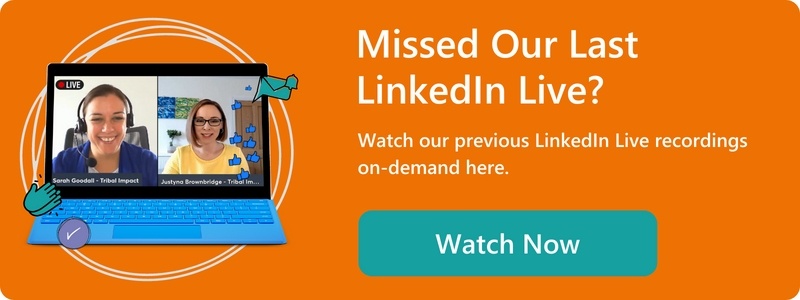When you want to start an advocacy programme, one of the biggest barriers you can face is getting C-Suite to see social media as more than a promotional tool used to shout into the world about the latest company updates.
That’s why we recently spoke to Anita Veszeli on LinkedIn Live about her experiences bringing employee advocacy to Ericsson. You can get a taste of what she had to say below, then watch the full interview here.
Make a business case for employee advocacy
Social media is 100% more effective at closing deals than outbound marketing. However, it’s not easy to convince people who are used to old-fashioned sales techniques to change their habits.
An advocacy programme is really about change management. It’s a long-term investment that involves a lot more than just the marketing department.
‘Social media is not just the corporate social accounts,’ Anita said. ‘Social media should tap into all the different functions.’
Media relations can have better and more frequent conversations with journalists; analysts can get the latest industry information; HR and TA can attract better candidates. There’s something different to be gained for every part of the organisation. It’s really important to factor that in when putting together a business case for advocacy, because you’ll find it easier to get people involved.
That being said, particularly in the early stages, you want to make it clear that it’s in addition to employees’ current responsibilities, not instead of. Managers are going to be less convinced advocacy the right thing to do if they find it impacts employees’ day-to-day responsibilities.
Start with a pilot programme
Anita and Ericsson started with a six-month pilot programme. They went through the onboarding in different locations, factoring in that employees with different ages, cultures, and social media maturity levels require different training.
Those first six months were really about education and adoption tests.
Different personas within a company will have different goals, too. However, according to Anita: ‘The funnels are pretty much the same and the process is almost the same under different names.’
You need to explain the benefits of advocacy in a way that makes sense to person/department you’re talking to. It’s important o meet them at their level, using their language. Understanding what their goals are, and explaining that advocacy can help them to achieve them, is one of the best ways to get them on board.
How to scale up
Employees aren’t going to go ‘from pretty much zero to being excellent’ right away.
When it comes to change management, ‘It helps to choose one to three key projects that you're going to focus on the next year out of all the options that you have,’ advised Anita. Change doesn’t happen overnight and you need to set realistic goals.
It’s also important to remember that this is a journey, not a destination. Each year you need to conduct a social maturity assessment to review where the organisation is at and use this to determine the next steps.
Don’t blame the software
Too many companies buy a tool thinking it’ll fix all their problems, but it never does. Neither does getting rid of the tool when success doesn’t look how they want it to.
The tool is only part of the equation. ‘Businesses need to put as much effort into the enablement programme.’
The best early indicator for the success of an employee advocacy programme is a company’s culture, which comes back to change management.
Measuring success
Success is about so much more than engagement metrics. While they can offer some insights, some of your most interested buyers – and even best customers – may never visibly engage with a single piece of your content.
It therefore makes it hard to measure success from the start, because if employees are told to use only typical engagement metrics to measure success, then they don’t see those results, it may put them off from sharing and creating content.
Conclusion
Advocacy is about helping and trusting employees to build their brand. Through that, they can build their thought leadership and the brand of their employer.
‘Instead of turning their social media accounts into branded advertisements,’ businesses need to embrace the uniqueness and differing viewpoints of employees. It’s that difference that will make them stand out among the noise, and by association, so will the business.
Find out more about what Anita had to say about Ericsson’s social selling journey in our LinkedIn Live.

